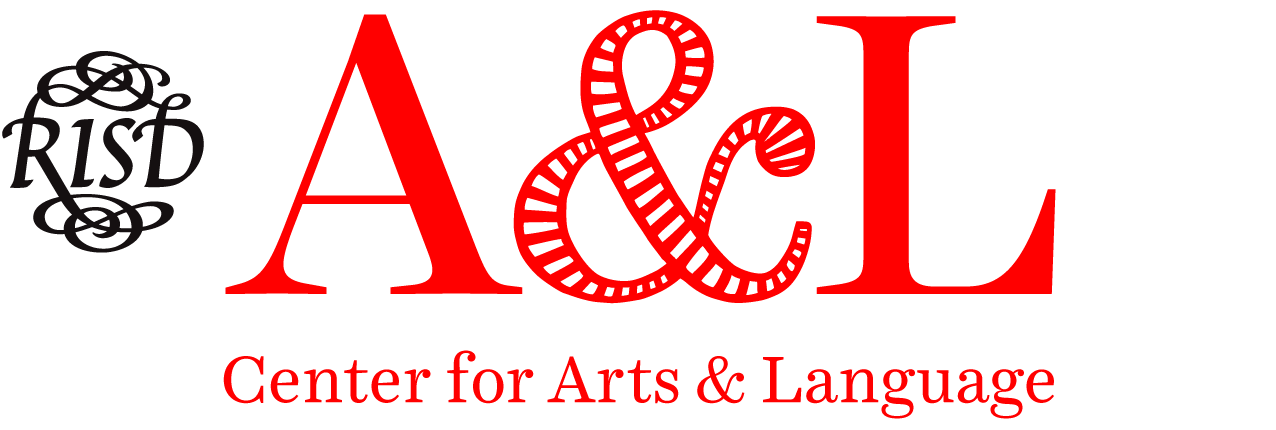Tips for Academic Reading
Some reading strategies are more helpful for particular kinds of readings. For example, you might need to start reading a novel without setting a purpose; you might not want to “chunk” a philosophy text that requires cohesion. Do what works best for you and for the task at hand.
Before you start reading
Focus on your purpose for reading. For example, are you creating questions for a class discussion, analyzing literary devices, or building context for an argument you’re building?
Think about (or even freewrite) what you already know about the topic.
Get to know the author, their reputation, and credentials around the topic of the text.
Consider how its historical, cultural, material, or intellectual context might affect the piece.
Take a look around the text’s content and structure:
What can you learn from the headings, diagrams, captions, bibliography, etc.?
Can you chunk it out into parts, or should you read it all at once?
Does the piece follow conventions of a specific discourse? What might you expect from this kind of reading?
As you read
Stay in dialogue with the text and its ideas. Annotate (or take notes on):
Ideas or details that seem important to you
Your own thinking, responses, and questions that come up
Connections to class discussion topics or course themes
Use your own system of symbols, like (*) for key ideas, (!) for the unexpected, etc.
Look for patterns that reveal what the author finds important: recurring images; repeated words or types of examples; consistent ways of characterizing people, events, or issues
Decode important vocabulary:
Use a dictionary for the definition and thesaurus for similar words and phrases
Do a web search for a new word to see how it’s used in news, blogs, and other websites
Notice familiar prefixes, roots, and suffixes to help figure out words in context
Only translate words that are important to the main idea and after trying the above
After you’ve read
Put it in your own words
Outline the argument, creating bullet points for the thesis, the first point and its evidence (and so on), through the conclusion
Summarize the plot or what you learned, emphasizing what feels most important.
Reflect on your own response to the text. Ask yourself:
How has your thinking been altered by this reading—especially about the issues and themes of the course?
Is this argument compelling? Which ideas do you believe and which are you resisting?
What questions do you still have? What new questions have come up?
How does your own personal experience and position in the world influence how you view the piece?
Compare to other course readings and themes
How does it contribute to the main concepts and themes of the course?
Why is this reading coming up at this point in the term?
How does this text shift or expand on the trends of previous course readings?
4-Step Reading Process
The length and content of an academic article can sometimes seem daunting or overwhelming. You can learn to read more efficiently—to understand the content better and more quickly—by following this four-step reading process. Many students find that the process reduces confusion and frustration, and that they feel better prepared to discuss readings.
1. Preview.
To get an overall sense for what the text is about, do the following, in order:
Read the title. What does it make you think about? What do you already know about this subject? Can you tell what the author wants you to think or feel about it?
Read the introduction or first paragraph (or even just a few sentences). Does the author announce their intent or argument? Do they present a provocative question? Do they hint at what the rest of the article will say or do?
Read the conclusion or last paragraph (or just the last few sentences). The author might reiterate their main idea, summarize key points, or draw new connections. What does this author want you to know and continue thinking about?
Scan for clues about what kinds of content to expect. Are there sections with headings, or does it flow continuously? Are there lots of numbers, dates, and names, or does it seem like storytelling? What kind of focus, pace, and note-taking will you need for this reading?
2. Read for Meaning.
Focus on concepts instead of the meaning of every word. This may make reading faster and help you understand a text better.
– Build concentration. Notice when your mind wanders and correct yourself right away so it’s easier to return to the text. Set up a focus-friendly environment, considering noise level and distracting activities.
– Read in thought groups rather than word-by-word. Look for word pairs or phrases that have a natural relationship. Don’t get slowed down by individual vocabulary. It helps to read aloud, at least until you get in the habit.
– Question the author continually as you read. This will help you stay engaged and strengthen your comprehension. At regular intervals, every paragraph or page, ask yourself: what does this mean? What is the author saying now? How can I use this information?
3. Grasp Paragraph Sense.
Each paragraph has a main point, and discovering that main point is key to understanding the author’s message. Look for topic sentences, which contain the main idea of a paragraph. They are usually the first or last sentence of a paragraph. Notice how the content supports, develops, or explains the topic sentence or main idea.
4. Relate as You Read.
Consciously connect what you read to things you learned from the preview. How does a piece of information relate to the title? How does it relate to what you already know about the topic or help you answer questions you asked earlier in the text? The overall message comes through quickly and clearly when you actively look for these relationships and connections.
